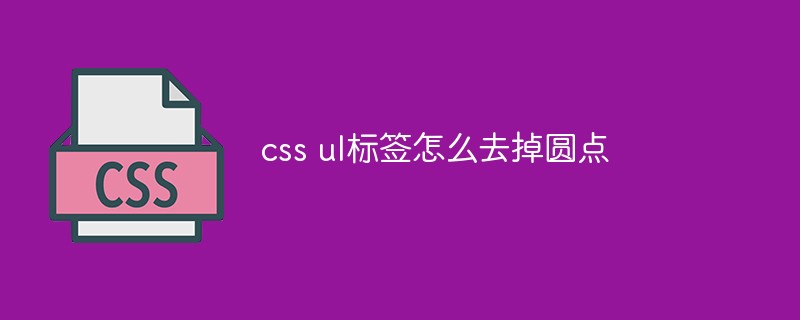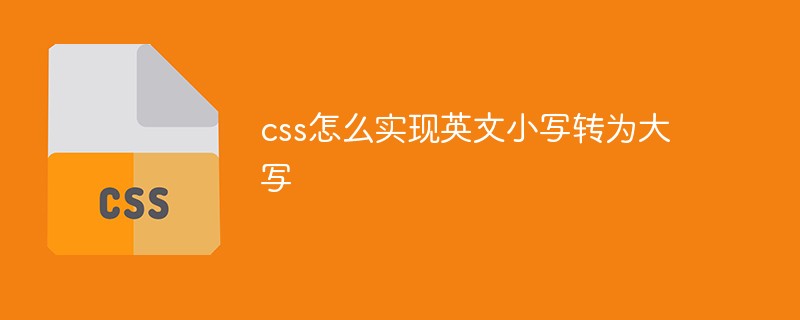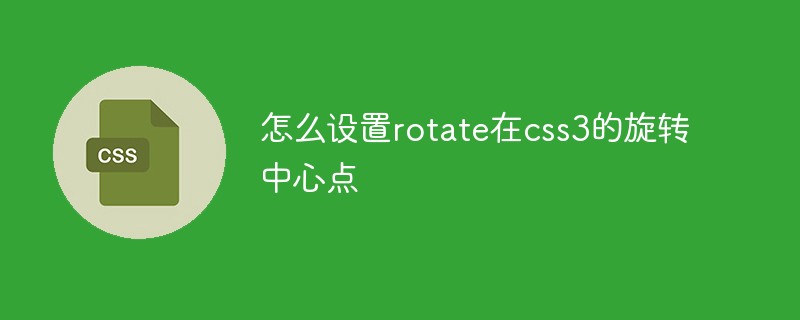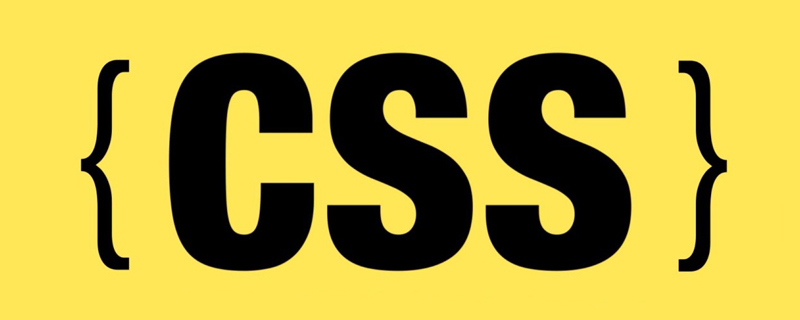This time I will bring you several ways to implement a three-column layout using CSS. What are the precautions for implementing a three-column layout using CSS? The following is a practical case, let’s take a look.
Preface
In fact, whether it is a three-column layout or a two-column layout, we often use it in our daily projects. Maybe you don’t know What is three-column layout? What is two-column layout? But it is already in use. Maybe you know one or two methods of three-column layout, but in actual operation, you will only rely on that one method. This article introduces the three columns in detail. Four methods of column layout and introduce its usage scenarios.
The so-called three-column layout refers to a layout method in which the page is divided into three parts: left, middle and right, and then the middle part is adapted.
1.Absolute positioningMethod
HTML code is as follows:
<p>Left</p> <p>Main</p> <p>Right</p>
CSS code is as follows:
//简单的进行CSS reset
body,html{
height:100%;
padding: 0px;
margin:0px;
}
//左右绝对定位
.left,.right{
position: absolute;
top:0px;
background: red;
height:100%;
}
.left{
left:0;
width:100px;
}
.right{
right:0px;
width:200px;
}
//中间使用margin空出左右元素所占据的空间
.main{
margin:0px 200px 0px 100px;
height:100%;
background: blue;
}
This method has an obvious shortcoming, that is, if the middle column contains a minimum width limit, or an internal element containing width, when the browser width is small enough, layer overlap will occur.
2. Holy Grail Layout
HTML code is as follows:
//注意元素次序 <p>Main</p> <p>Left</p> <p>Right</p>
CSS code is as follows:
//习惯性的CSS reset
body,html{
height:100%;
padding: 0;
margin: 0
}
//父元素body空出左右栏位
body {
padding-left: 100px;
padding-right: 200px;
}
//左边元素更改
.left {
background: red;
width: 100px;
float: left;
margin-left: -100%;
position: relative;
left: -100px;
height: 100%;
}
//中间部分
.main {
background: blue;
width: 100%;
height: 100%;
float: left;
}
//右边元素定义
.right {
background: red;
width: 200px;
height: 100%;
float: left;
margin-left: -200px;
position: relative;
right: -200px;
}
The relevant explanations are as follows:
(1) The middle part needs to change according to the change of the browser width, so 100% is used. Here, the left, middle and right are set to float to the left, because the middle part is 100% , the left layer and the right layer have no position at all
(2) After minus 100 of the left layer margin, I found that left has gone up, because it is so negative that there is no position when the window exits, so I can only move it up
(3) According to the second step, it can be concluded that it only needs to move the window width to be as wide as the leftmost one. Use negative margins to position the left and right columns
(4) But because the left and right The column blocked the middle part, so the relative positioning method was used, each moved out relative to itself, and the final result was obtained
3. Double flying wing layout
HTML code is as follows:
<p> </p><p> Main </p> <p>Left</p> <p>Right</p>
CSS code is as follows:
//CSS reset
body,html {
height:100%;
padding: 0;
margin: 0
}
body {
/*padding-left:100px;*/
/*padding-right:200px;*/
}
.left {
background: red;
width: 100px;
float: left;
margin-left: -100%;
height: 100%;
/*position: relative;*/
/*left:-100px;*/
}
.main {
background: blue;
width: 100%;
float: left;
height: 100%;
}
.right {
background: red;
width: 200px;
float: left;
margin-left: -200px;
height: 100%;
/*position:relative;*/
/*right:-200px;*/
}
//新增inner元素
.inner {
margin-left: 100px;
margin-right: 200px;
}
The holy grail layout actually looks complicated and the post-maintenance is not very high. After discussion with Taobao UED, it came out A new layout method is the double flying wing layout, the code is as above. Adding one more p eliminates the need for relative layout and only uses floating and negative margins. Differences from the Holy Grail layout have been noted.
4. Floating
HTML code is as follows:
//注意元素次序 <p>Left</p> <p>Right</p> <p>Main</p>
CSS code is as follows:
//CSS reset
body,html {
height:100%;
padding: 0;
margin: 0
}
//左栏左浮动
.left {
background: red;
width: 100px;
float: left;
height: 100%;
}
//中间自适应
.main {
background: blue;
height: 100%;
margin:0px 200px 0px 100px;
}
//右栏右浮动
.right {
background: red;
width: 200px;
float: right;
height: 100%;
}
This The code of this method is concise and efficient enough, and easy to understand
Summary
I believe you have mastered the method after reading the case in this article. For more exciting information, please pay attention to other related articles on the php Chinese website!
Recommended reading:
Use HTML+CSS to implement drop-down menu
Use CSS3 to implement luminous square border
CSS makes the icon rotate when the mouse moves up
The above is the detailed content of CSS has several ways to implement a three-column layout. For more information, please follow other related articles on the PHP Chinese website!
 css ul标签怎么去掉圆点Apr 25, 2022 pm 05:55 PM
css ul标签怎么去掉圆点Apr 25, 2022 pm 05:55 PM在css中,可用list-style-type属性来去掉ul的圆点标记,语法为“ul{list-style-type:none}”;list-style-type属性可设置列表项标记的类型,当值为“none”可不定义标记,也可去除已有标记。
 css与xml的区别是什么Apr 24, 2022 am 11:21 AM
css与xml的区别是什么Apr 24, 2022 am 11:21 AM区别是:css是层叠样式表单,是将样式信息与网页内容分离的一种标记语言,主要用来设计网页的样式,还可以对网页各元素进行格式化;xml是可扩展标记语言,是一种数据存储语言,用于使用简单的标记描述数据,将文档分成许多部件并对这些部件加以标识。
 css3怎么实现鼠标隐藏效果Apr 27, 2022 pm 05:20 PM
css3怎么实现鼠标隐藏效果Apr 27, 2022 pm 05:20 PM在css中,可以利用cursor属性实现鼠标隐藏效果,该属性用于定义鼠标指针放在一个元素边界范围内时所用的光标形状,当属性值设置为none时,就可以实现鼠标隐藏效果,语法为“元素{cursor:none}”。
 rtl在css是什么意思Apr 24, 2022 am 11:07 AM
rtl在css是什么意思Apr 24, 2022 am 11:07 AM在css中,rtl是“right-to-left”的缩写,是从右往左的意思,指的是内联内容从右往左依次排布,是direction属性的一个属性值;该属性规定了文本的方向和书写方向,语法为“元素{direction:rtl}”。
 css怎么设置i不是斜体Apr 20, 2022 am 10:36 AM
css怎么设置i不是斜体Apr 20, 2022 am 10:36 AM在css中,可以利用“font-style”属性设置i元素不是斜体样式,该属性用于指定文本的字体样式,当属性值设置为“normal”时,会显示元素的标准字体样式,语法为“i元素{font-style:normal}”。
 css怎么实现英文小写转为大写Apr 25, 2022 pm 06:35 PM
css怎么实现英文小写转为大写Apr 25, 2022 pm 06:35 PM转换方法:1、给英文元素添加“text-transform: uppercase;”样式,可将所有的英文字母都变成大写;2、给英文元素添加“text-transform:capitalize;”样式,可将英文文本中每个单词的首字母变为大写。
 怎么设置rotate在css3的旋转中心点Apr 24, 2022 am 10:50 AM
怎么设置rotate在css3的旋转中心点Apr 24, 2022 am 10:50 AM在css3中,可以用“transform-origin”属性设置rotate的旋转中心点,该属性可更改转换元素的位置,第一个参数设置x轴的旋转位置,第二个参数设置y轴旋转位置,语法为“transform-origin:x轴位置 y轴位置”。


Hot AI Tools

Undresser.AI Undress
AI-powered app for creating realistic nude photos

AI Clothes Remover
Online AI tool for removing clothes from photos.

Undress AI Tool
Undress images for free

Clothoff.io
AI clothes remover

AI Hentai Generator
Generate AI Hentai for free.

Hot Article

Hot Tools

Zend Studio 13.0.1
Powerful PHP integrated development environment

Dreamweaver CS6
Visual web development tools

EditPlus Chinese cracked version
Small size, syntax highlighting, does not support code prompt function

ZendStudio 13.5.1 Mac
Powerful PHP integrated development environment

SublimeText3 Linux new version
SublimeText3 Linux latest version







